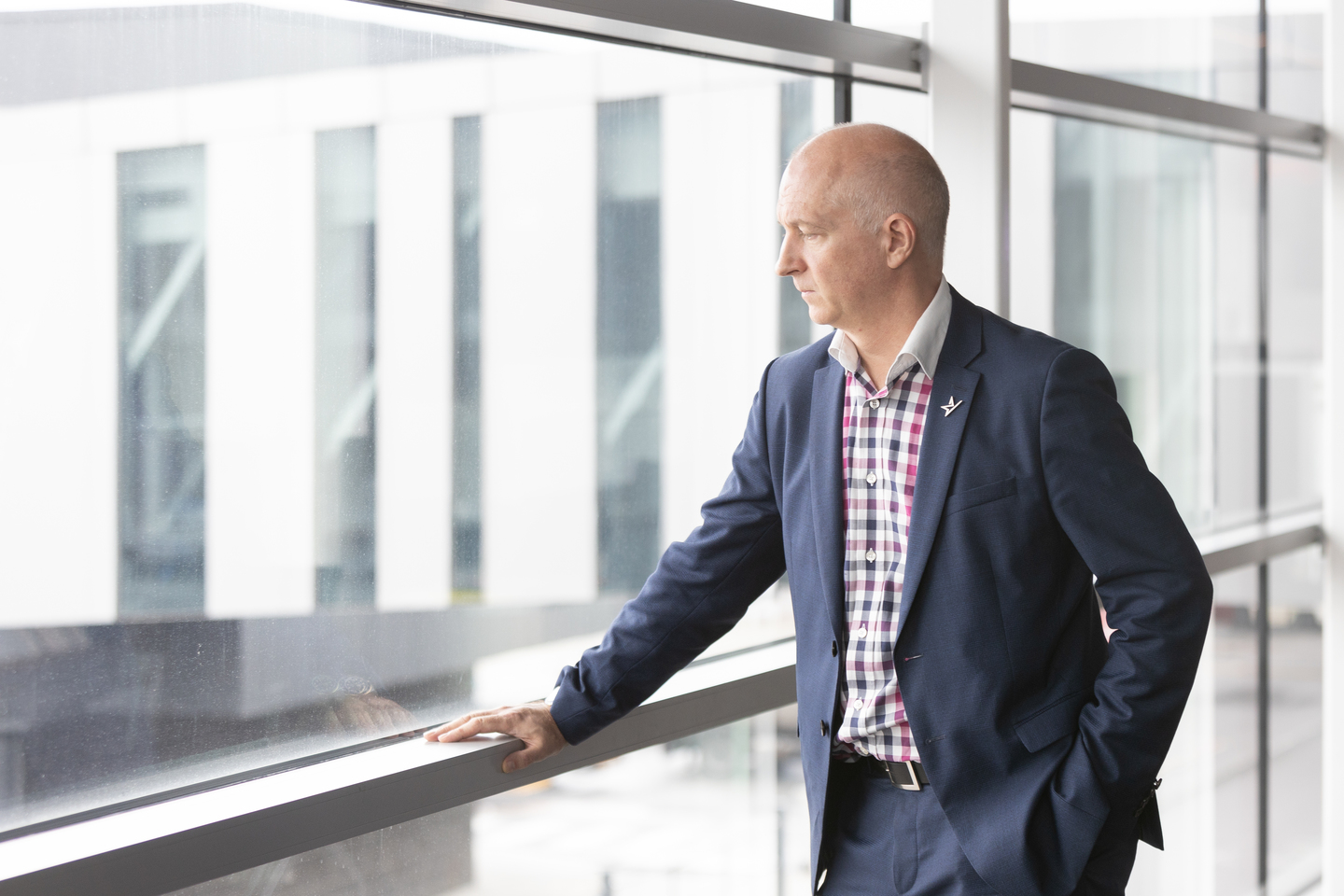
The private company that owns and operates Perth Airport has suffered its first-ever loss after COVID travel restrictions led to a plunge in operating revenue.
Perth Airport Development Group Pty Ltd has reported an after-tax loss of $64.5 million for the year to June 2021.
That’s down from a profit of $56.7 million in the prior year, when the airport had eight months of normal trading before COVID restrictions hit.
Its $102.4 million profit in the year to June 2019 indicates the earnings the airport can anticipate when airline travel returns to historic norms.
Chief executive Kevin Brown expects it will be three to four years before that happens, and in the meantime says Western Australia will need to work hard to rebuild air travel.
“With every state competing for international airline capacity, we will need to invest the time and dollars required to make sure Western Australia can regain our fair share of the market,” he said.
Mr Brown noted that the NSW government has already put up $60 million for airline attraction efforts.
He added the airport was already working with the state government.
International passenger numbers plunged to just 110,900 last financial year – down from 4.3 million in FY19.
Interstate passenger numbers were also down sharply, to 1.3 million – from 5.8 million in FY19.
A big positive for the airline was the small increase in the number of regional travellers, to 4.4 million.
This was mainly fly-in, fly-out workers in the resources sector but also reflected increased air travel by West Australians taking holidays within the state.
The lower passenger numbers led to a halving of aeronautical revenue to $93 million and a collapse in retail revenue, with many shops inside the airport terminals closed for good.
Income from parking and other ground services also declined.
One source of revenue that did increase was rentals from its expansive investment property portfolio, which lifted to $90 million.
Total revenue for the year was $291 million, down from $429 million.
This included $7.2 million in JobKeeper payments.
Mr Brown said the airport needed to stay open 24/7 to service the flights that did come in and needed to spend more on sanitation and cleaning.
This meant operating expenses were only able to be reduced by 16 per cent.
The net result was the bottom-line loss and a negative aeronautical margin of -$5.98 per passenger for the first time in the airport’s history.
“Each time we have put a passenger on a flight to help the WA economy, it has cost the airport money,” Mr Brown said.
He emphasised the wider role the airport played in the WA economy, with international flights having just a handful of passengers but their cargo holds fully laden with import and export products.
Mr Brown said the recovery plan for the airline sector needed to focus on the opportunities for WA from areas like tourism, education and conferences, which would help diversify the economy.
Despite last year’s loss, the airport has continued to invest, including three new boarding ramps at a cost of $36 million and self-service check-in facilities costing $8 million.
Mr Brown said the airport was also continuing to plan for construction of a third runway, needed to help with congestion around FIFO flights, and an expanded central terminal.
“This terminal was getting close to its capacity just before COVID so its not going to be long before we are back to that,” he said.
“If COVID has shifted anything to the right in terms of time, its perhaps a year to 18 months, it’s not five or six years so its not a dramatic change.”
The runway and associated taxiways are expected to cost about $800 million while the terminal will cost between $700 million and $1 billion, with both projects taking up to five years to complete.








